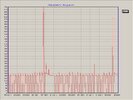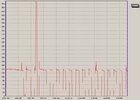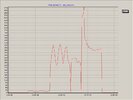davewill
Active Member
If you're serious about wanting to deengerize on a frequent basis, then have the electrician put in a separate cutoff switch instead of using the breaker. They aren't made to be used that way. If it's just like for vacations or something, then the breaker is fine.As for someone coming and stealing my power... I might just have to get in the habit of flicking the breaker for it when I leave so that it's de-energized. I wish Tesla had a way to let you lock it to a car or something! Get to it, Elon!
The other idea is to use an enclosure for the EVSE that you can secure. Nice thing about that is that it also protects against vandalism.
Personally, I wouldn't bother, but you know you neighborhood better than we do.







